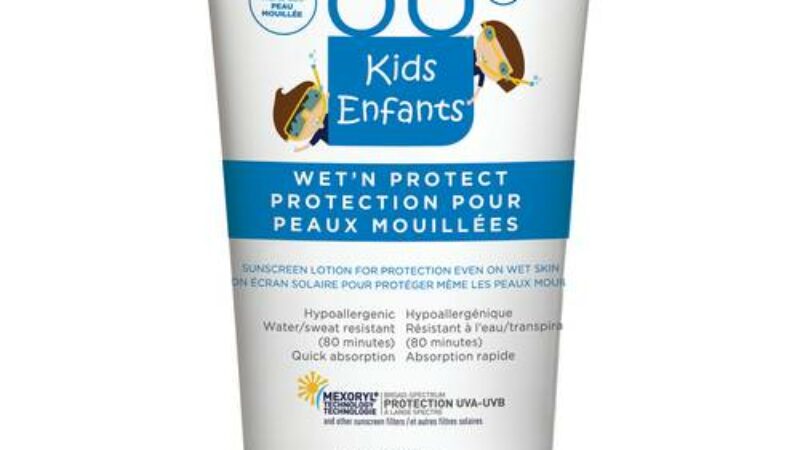As temperatures get cooler (and cooler still), you may be asking yourself if you really need that sunscreen. The answer, unequivocally, is yes!
Whether you want to hear it or not, I dish out advice concerning best practices for your skin. And, applying a good UVA/UVB blocking sunscreen daily, year round, is one of the most important things you can do to keep it looking young and healthy. Research has shown that UV rays account for over 80% of skin aging.
The sun’s UV rays are composed of 3 types – UVA, UVB and UVC. UVC rays tend to burn off before they reach the earth’s atmosphere so it’s the UVA and UVB that we are concerned about. Summer sun carries both UVA (Aging) and UVB (Burning) rays. In the winter, UVB rays diminish, but UVA rays abound, and they can penetrate through glass and clouds. UVB rays can damage skin cells’ DNA directly and they are the ones responsible for sunburns. They are also associated with the most skin cancers. Deeper penetrating UVA rays won’t give you sunburn, but they will age skin cells and can damage their DNA. They are linked to long-term skin damage such as wrinkles, but are also thought to play a role in some skin cancers. UVA rays are ones you find in tanning beds, which is why you should avoid them.
Think of sunscreen as your insurance policy to minimizing the appearance of wrinkles, age spots, saggy skin and costly medical procedures. It may not be warm outside, yes. But you still need your sunscreen.
Fall and winter bring cooler temperatures and lower humidity which may leave your skin feeling thirstier and less supple. If you find that the sunscreen that worked perfectly for your skin in the summer, isn’t working as well for you now, here are a few options:
Bump up the Moisture.
If your skin didn’t need a moisturizer during the warmer months, it may benefit from one now. Apothekari Daily Infusion Moisturizer is a customer favorite that restores moisture content to hydrate and plump skin while improving the skin’s barrier function to protect against environmental irritants. Use it day or night. La Roche Posay Active C is a wonderful emulsion suitable for day or night use and formulated with 5% L-ascorbic acid. Applied under your sunscreen it will help to fight off free radical damage during the day, while helping to repair skin at night.
Slide On a Serum.
Serums are a great way to introduce a number of actives to skin without any heaviness. Apothekari Undercover Agent boasts a host of antioxidants which protect skin from free radicals and other environmental stresses. It also contains sodium hyaluronate to help to restore moisture leaving skin looking firmer and plumper.
Switch up Your Sunscreen.
While your skin may prefer a lighter textured sunscreen formulation during the warmer months, you may want to opt for something a bit more emollient now. We love Anthelios XL Comfort Crème SPF 50, Ombrelle Face Cream SPF 60 or Anthelios KA SPF 100, a high SPF moisturizer that may be just what your skin craves now. All 3 products are formulated with both Mexoryl SX and Mexoryl XL to deliver unparalleled UVA/UVB protection.
6 (more) Reasons to Wear Sunscreen in Winter
- The Earth is actually the closest to the sun in the winter and the farthest from it in the summer.
- You know that the ozone layer is good and that ozone depletion is bad, but do you know why? The ozone acts like the Earth’s sunshield, absorbing harmful UVB rays before they near the ground. The problem is that the layer is at its thinnest in the winter, which means more exposure to UV rays.
- Snow and ice might as well come with UV warnings. They can reflect up to 80 percent of UV rays, which not only cause skin cancer but are also the source of about 90 percent of all wrinkles, according to the U.S. Environmental Protection Agency.
- Windburn and sunburn are one dynamic (and evil) duo. So when freezing temps and biting winds leave your skin dry, UV rays can penetrate your skin that much more easily.
- Attention, winter-sport enthusiasts: The higher the slopes, the higher your sun exposure. UV-radiation exposure increases about 5 percent with every 1,000 feet above sea level.
- Sun rays have a way of working their way through about everything—except freshly applied sunblock, of course! In fact, about 80 percent of rays pass through clouds.
Have we convinced you yet?




